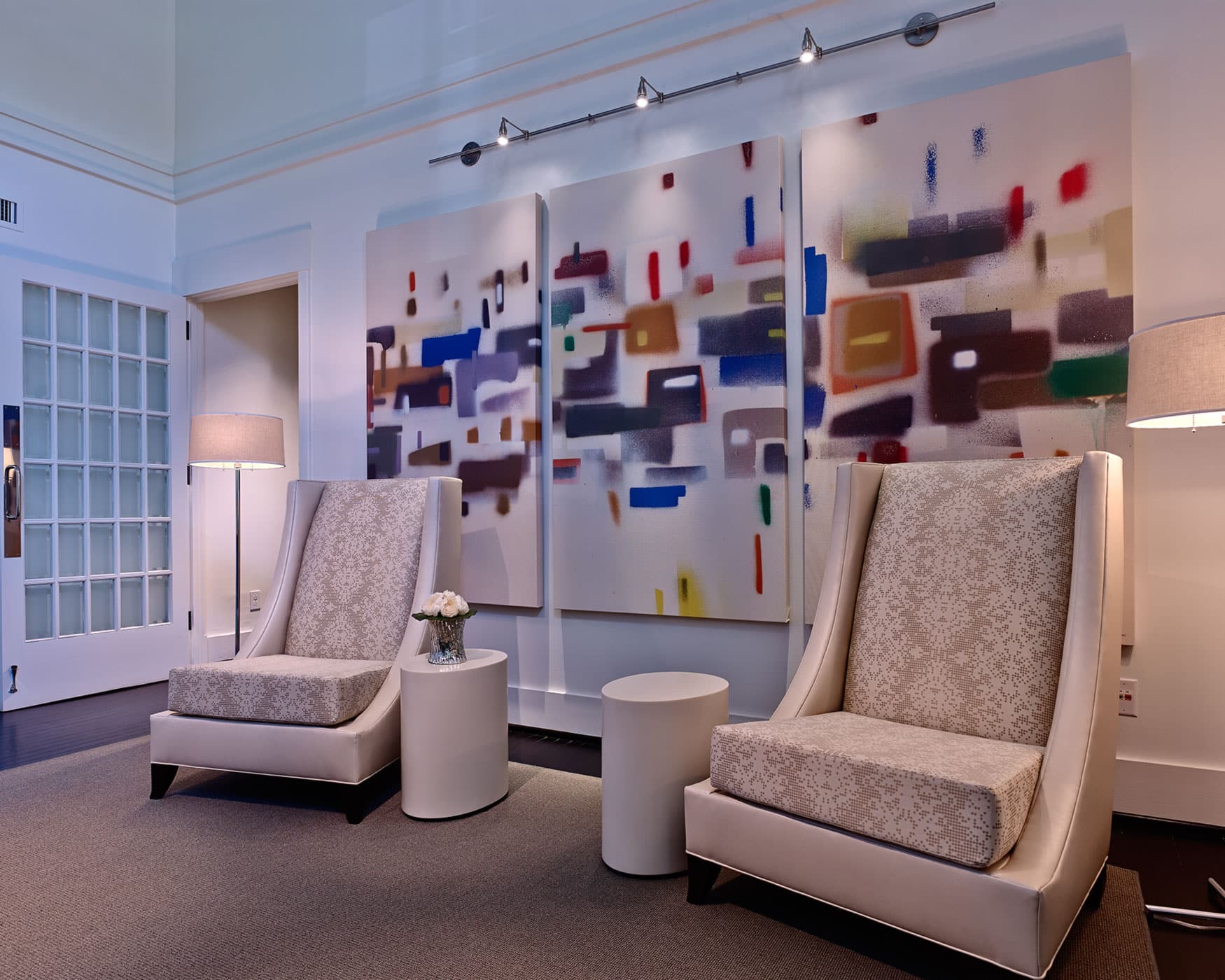Commercial Interior Design
Creating a Functional and Attractive Space
When it comes to designing the interior of a commercial space, there are a few key considerations that need to be taken into account. These include functionality, aesthetics, and brand identity. Your space should reflect the values and mission of your company while also being practical and efficient for customers or employees.
Heidi H. Core is a highly qualified interior designer with a wealth of experience in commercial and residential design. She holds a Bachelor of Interior Design degree from the LSU School of Architecture and is a registered and licensed interior designer. With over 25 years of experience in the field, she has worked in various states and has a diverse portfolio of projects. Additionally, she is a member of the International Interior Design Association (IIDA). Heidi offers her priceless knowledge and expertise to any project, bringing creativity, attention to detail, and a deep understanding of design principles to every project she undertakes. With a keen eye for style and a passion for creating beautiful and functional spaces, she works closely with her clients to understand their needs and create designs that exceed their expectations. Whether you want to launch or redesign your retail space or office, Heidi Core Interior Design, LLC can bring your vision to life. Call our Birmingham, AL office at (205) 259-8780 or fill out our contact form to get started.
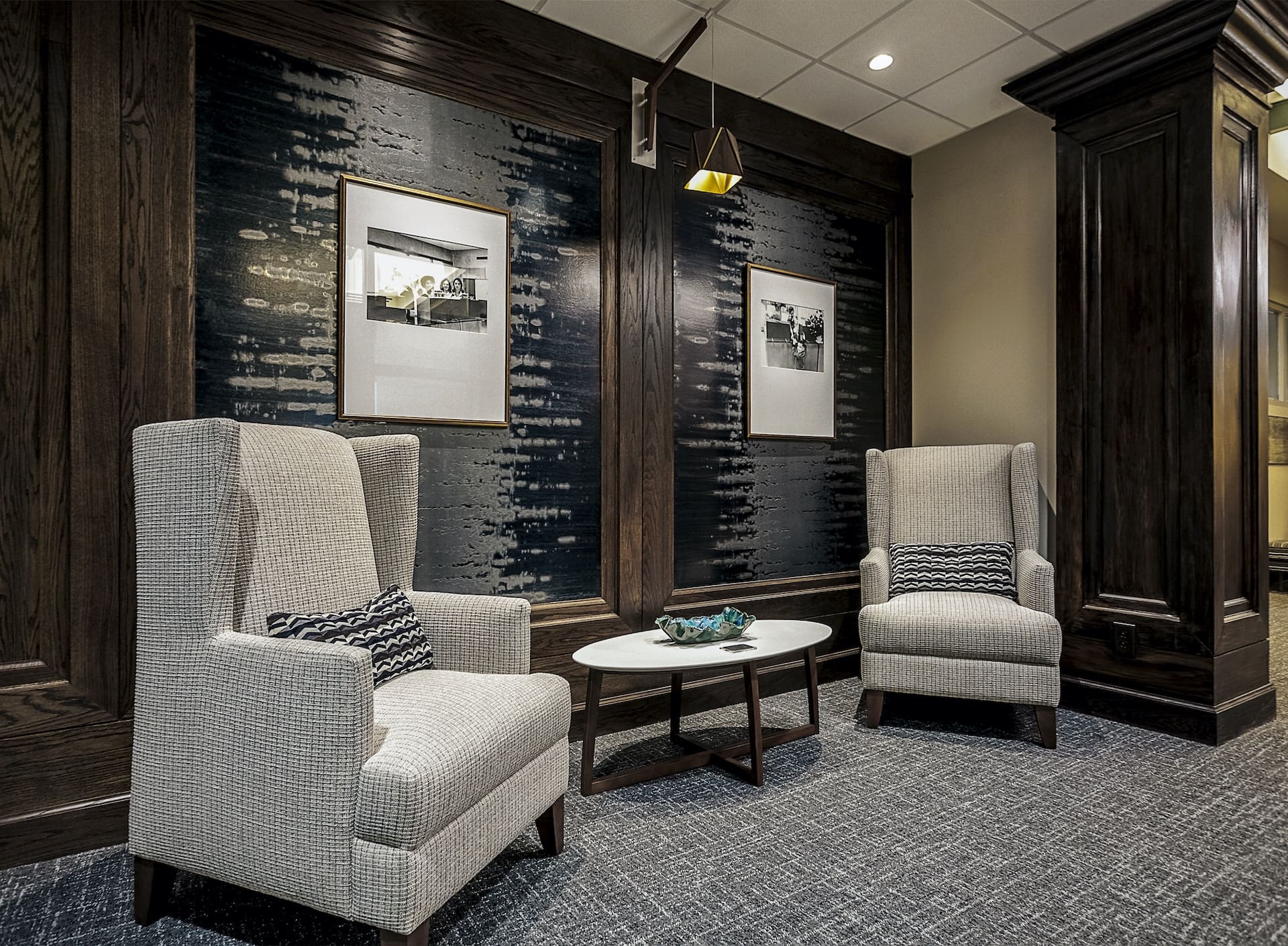
Function First
Functionality is perhaps the most important factor to consider when designing a commercial interior. The space needs to be practical and efficient, with a layout that makes it easy for customers or employees to navigate. Heidi Core knows how to provide enough room for people to move around comfortably and ensure that all of the necessary equipment and furniture is in place.
Flowing Functionality
One of the key elements of functional design is understanding the needs and flow of the space. This includes:
- Analyzing how customers or employees will move through the space and designing the layout accordingly
- Considering the various functions that will take place within the space, such as customer service, sales, or production, and ensuring that these functions are accommodated in the design.
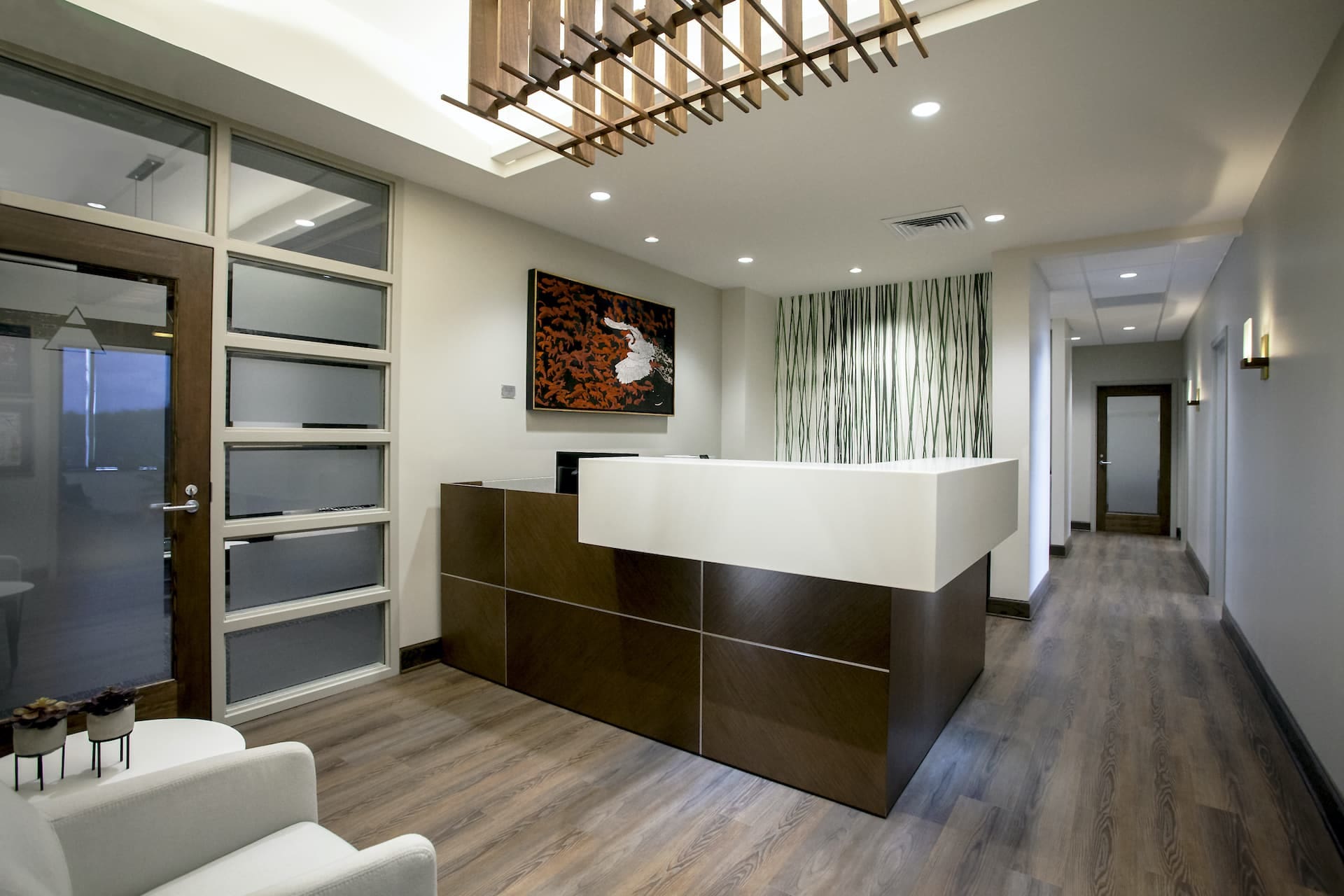
The Right Materials
The functional design includes the selection of appropriate materials and finishes. Durable and easy-to-maintain materials are crucial in commercial spaces, as they can withstand heavy foot traffic and daily wear and tear. Additionally, using finishes like anti-bacterial or fire-resistant materials that meet the necessary safety codes and regulations is also important.
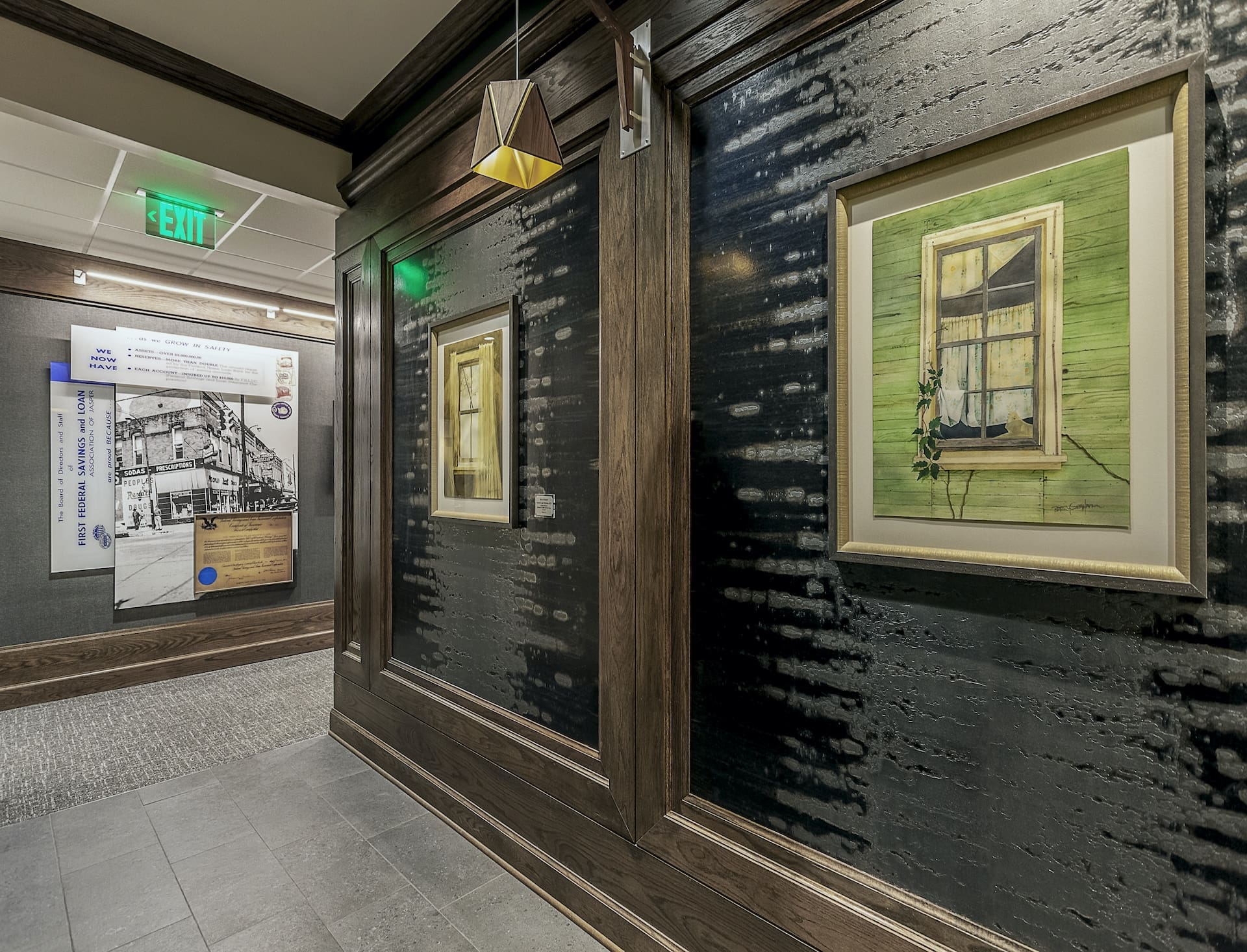
Lighting the Way
Lighting plays a crucial role in commercial spaces’ overall design and functionality. Furthermore, lighting is the primary factor that impacts employees’ daily and overall productivity in the workplace.[1]
Proper lighting can:
- Enhance the visual appeal of the space
- Create a comfortable and welcoming environment
- Improve visibility and safety
Good lighting design can also reduce energy costs and increase productivity. In a retail setting, for example, proper lighting can highlight products and create a visually appealing and attractive atmosphere that can lead to increased sales. Good lighting can improve employee comfort and reduce eye strain in an office setting, leading to increased productivity.
Furthermore, lighting can also be used to create different moods, zones, and ambiance in a commercial space, and it can be used as a tool to draw attention to different areas of the space. It’s important to work with a lighting designer or a professional like Heidi Core, who can help you to create an effective lighting plan that meets the specific needs of your commercial space.
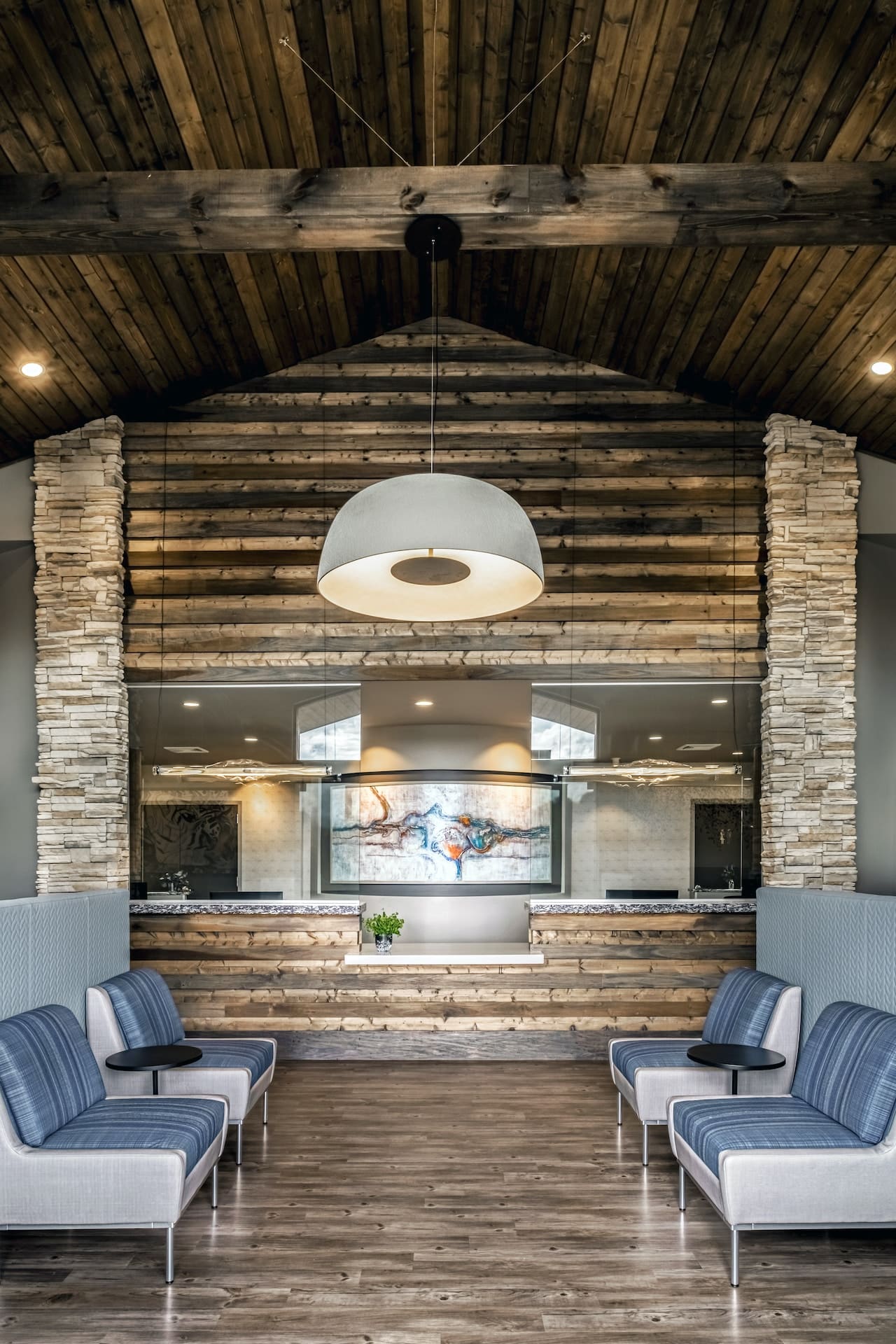
The Modern Office
Technology and ergonomic furniture are two key elements that are becoming increasingly important in commercial design. With the rise of remote work and digital communication, technology is being integrated into more and more spaces, such as conference rooms and open office layouts.
On the other hand, ergonomic furniture is designed to promote comfort and productivity by reducing strain on the body; this includes adjustable desks, chairs with lumbar support, and keyboard trays. Together, technology and ergonomic furniture can create a functional and comfortable work environment that supports the needs of modern employees.

Heidi’s Approach to the Functional Assessment
Heidi Core works with her clients to determine the hierarchy of needs for functional design. She understands that every business is unique and needs will differ, so she takes the time to understand their specific requirements.
She begins by evaluating the organization’s operations and processes and the tasks and activities in the space. Working with her clients, she helps to identify the technology and ergonomic furniture that best supports those activities, determining the appropriate number of power outlets, data ports, and internet connectivity. Heidi selects ergonomic furniture that will promote comfort and productivity and fit within the overarching design.
With her expertise in functional design and her ability to understand the unique needs of her clients, Heidi Core can create beautiful and functional spaces her clients will enjoy for years to come.
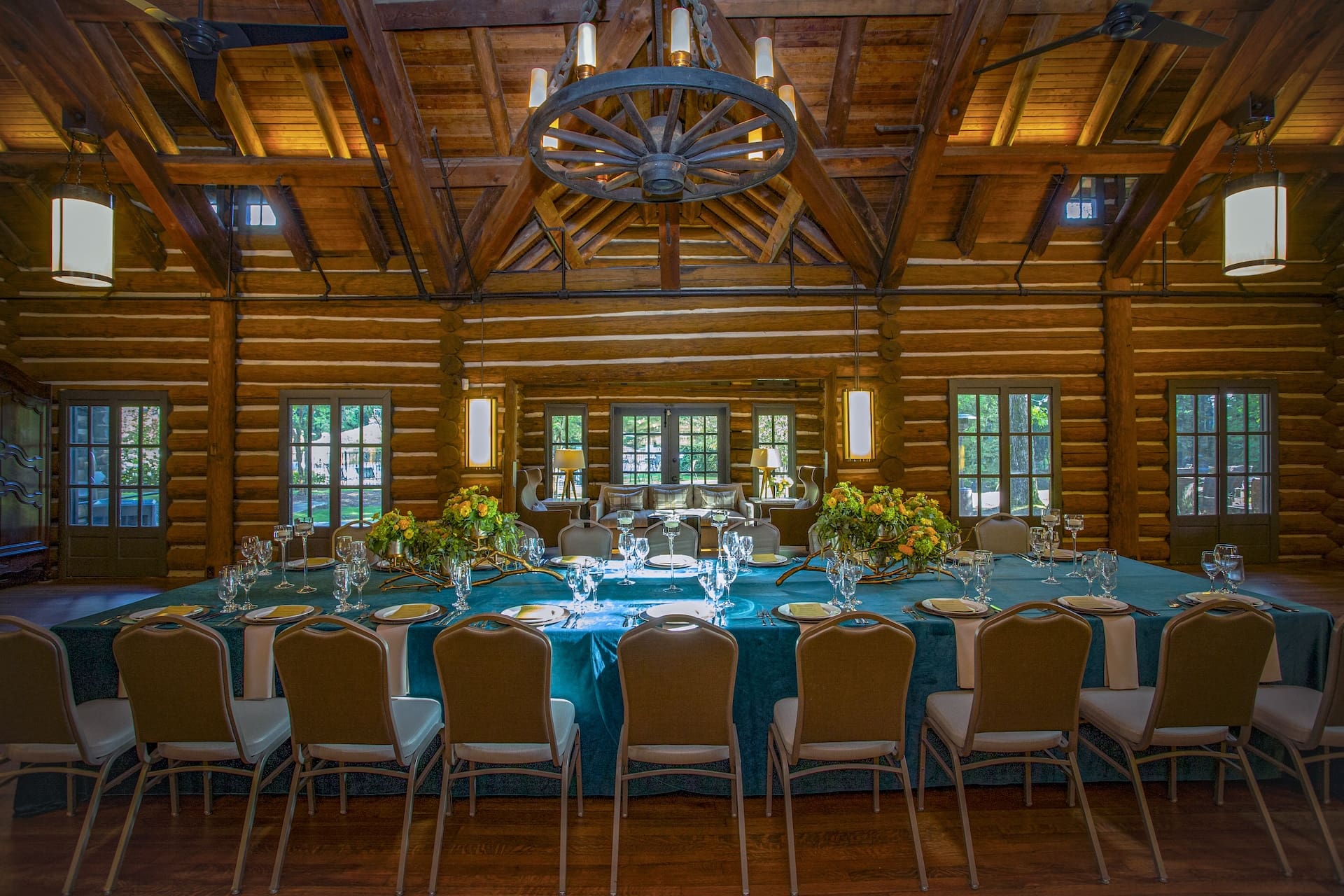
The Impact of Aesthetics on Brand Identity
Aesthetics play a crucial role in commercial design as they are often used to attract and engage customers. The design of a store, product packaging, and advertising materials all play a part in creating a visually appealing and cohesive brand image. A well-designed aesthetic can create a positive emotional response in customers and help to differentiate a brand from its competitors.
In commercial design, aesthetics are often used to communicate the brand’s:
- Values
- Personality
- Intended audience
For example, a sleek and modern design can communicate a sense of innovation and technology, while a vintage or rustic aesthetic can evoke a sense of nostalgia and tradition.
Using Color in Design
Color is also a key aspect of aesthetics in commercial design. Different colors can evoke different emotions and associations and can be used to create a specific mood or atmosphere. For example, warm colors such as red and orange can create a sense of excitement and energy, while cool colors such as blue and green can create a sense of calm and serenity.
Color plays an important role in activating associations in memory that contribute to the perception of a brand’s personality. For example, the hue, saturation, and value of the space’s color can activate related color associations, which contribute to the perception of the brand being competent, such as [1] :
- Reliability
- Intelligence
- Professionalism
Texture and materials are also important elements of aesthetics in commercial design. Different textures and materials can add depth and interest to a design and communicate a sense of luxury or affordability. For example, a shiny metal finish can communicate a sense of luxury, while a rough, raw material can communicate a sense of authenticity and hand-crafted quality.
Aesthetics can attract and engage customers, communicate a brand’s values and intended audience and create a specific mood or atmosphere. Effective use of color, texture, and materials can greatly impact the overall aesthetic of a commercial design project.

Defining and Building a Strong Brand Identity
Brand identity refers to the visual and emotional elements that distinguish a brand from its competitors. It includes elements such as:
- The brand name
- Logo
- Colors
- Typography
- Imagery
- Messaging
Together, these elements create a unique and consistent visual representation of the brand that is easily recognizable to consumers.
A strong brand identity helps to create a positive perception of the brand in the minds of consumers and can lead to increased brand loyalty and trust. Additionally, a well-designed brand identity can communicate the brand’s values, personality, and positioning to consumers, making it more likely that they will choose the brand over competitors.
An important aspect of incorporating brand identity into commercial design is ensuring the design is consistent with the brand’s values and personality. For example, if the brand is associated with luxury and elegance, the design should reflect this through high-quality materials, rich colors, and sophisticated typography. On the other hand, if the brand is associated with youthfulness and energy, the design should reflect this through bright colors, bold typography, and fun imagery.
Incorporating brand identity into commercial design involves
- Defining and consistently applying the key elements of the brand
- Aligning the design with the brand’s values and personality
- Considering the overall layout and composition of the design
By doing so, companies can create a consistent and recognizable visual representation of the brand that connects with their target audience and creates a positive brand perception.
A Consultation with Heidi Core
The consultation process for commercial interior design typically begins with an initial meeting or consultation with Heidi Core. Heidi will gather information about your needs, preferences, and budget during this meeting. She will also discuss the purpose of the space, the number of people who will use it, and any specific functional requirements. Heidi Core will also assess the existing space, considering factors such as lighting, acoustics, and access to natural light.
After the initial consultation, Heidi will present a proposal with design concepts, materials, and a project timeline. She will also present a detailed budget and a list of services. Once you and your team have reviewed and approved the proposal, Heidi and her team will create detailed drawings and specifications.
During the design development phase, Heidi will work closely with you to refine the design, ensuring that it meets your needs and preferences. She may also involve other consultants, such as architects, engineers, and lighting designers, to ensure the design is functional and meets all necessary building codes and regulations.
As the design nears completion, Heidi Core will present final design drawings and samples of materials to you for review and approval. Once you have approved the design, she will work with the construction team to ensure that the design is executed correctly and on schedule.
Throughout the process, Heidi will inform you about progress, any changes or issues, and the overall budget. She will schedule regular meetings to ensure that you are satisfied with the progress and that the final design meets your expectations.
The consultation process can vary depending on the size and complexity of the project. Think of it as a collaborative process between Heid Core and you involving meetings, discussions, and approvals until you are 100% satisfied and ready to open your doors to the public.
Are you ready to get started? Call (205) 259-8780 to schedule a consultation.
References
- El-Zeiny RMA. The Interior Design of Workplace and its Impact on Employees’ Performance: A Case Study of the Private Sector Corporations in Egypt. Procedia – Social and Behavioral Sciences. 2012;35:746-756. doi:10.1016/j.sbspro.2012.02.145
- Labrecque LI, Milne GR. Exciting red and competent blue: the importance of color in marketing. Journal of the Academy of Marketing Science. 2012;40(5):711-727. doi:10.1007/s11747-010-0245-y
